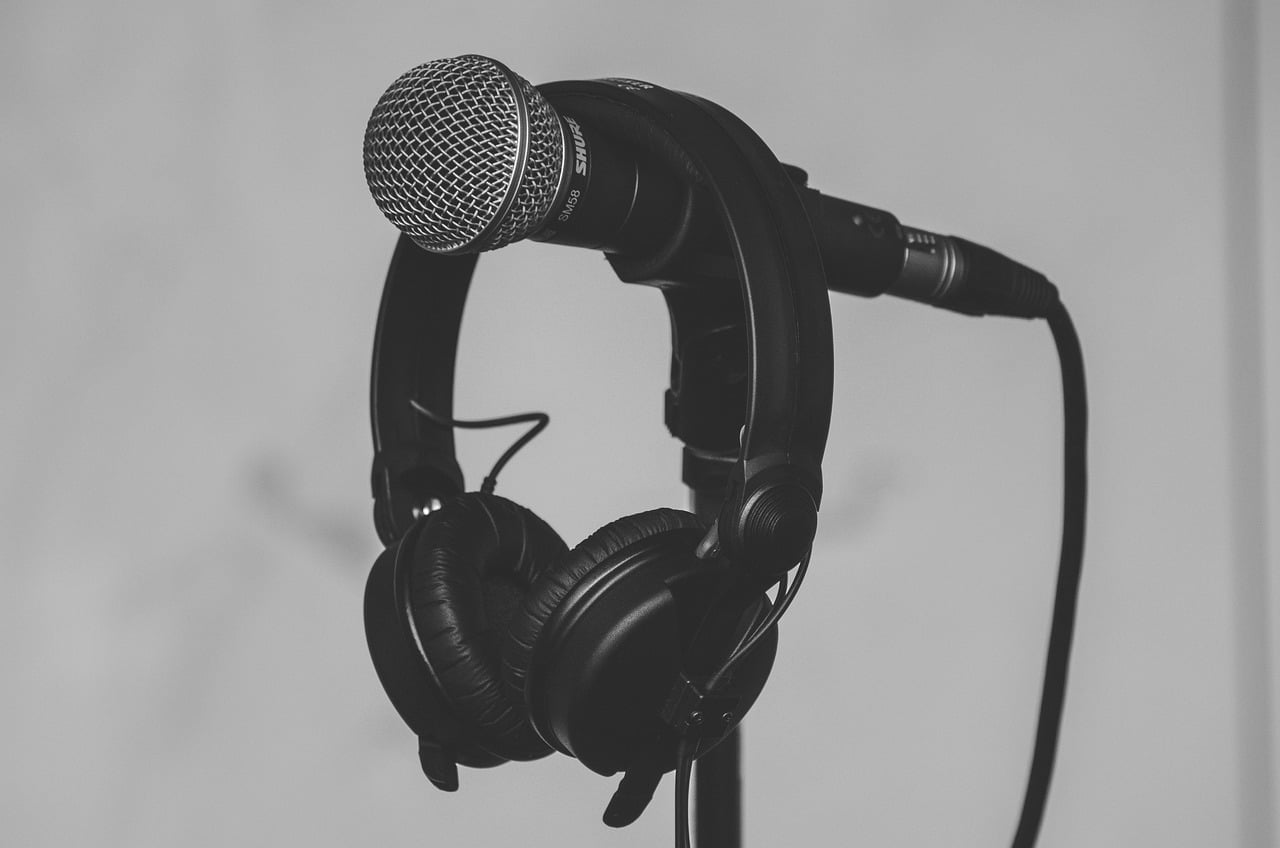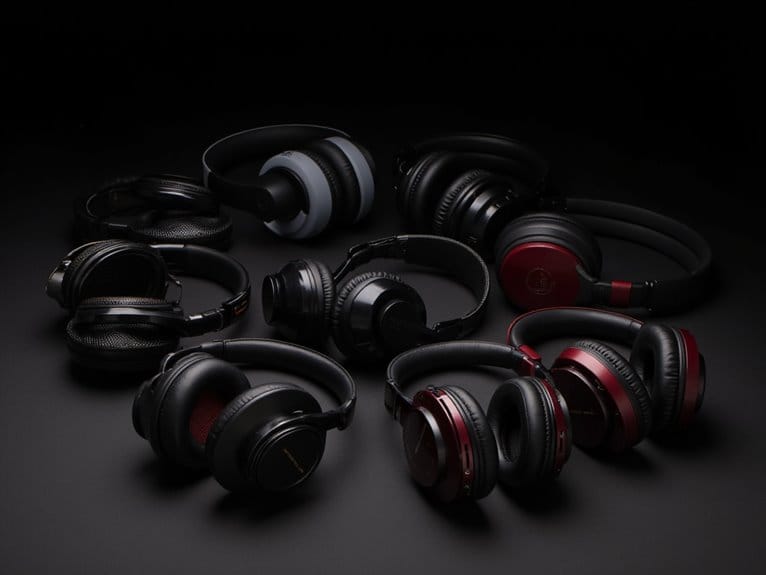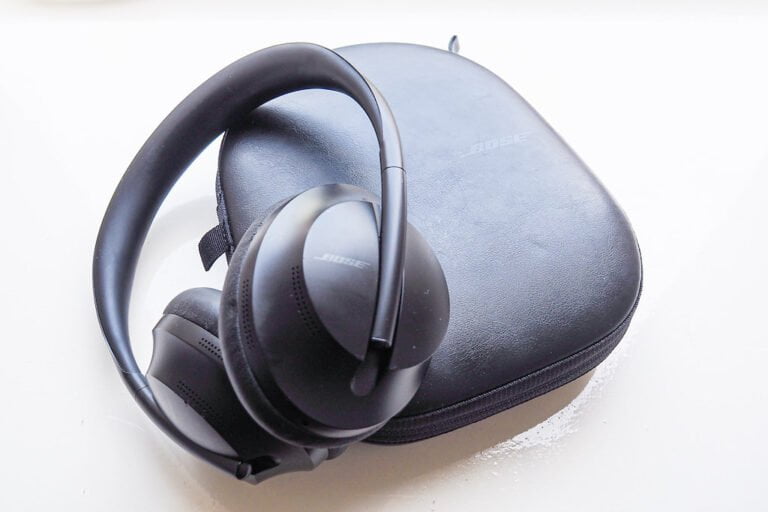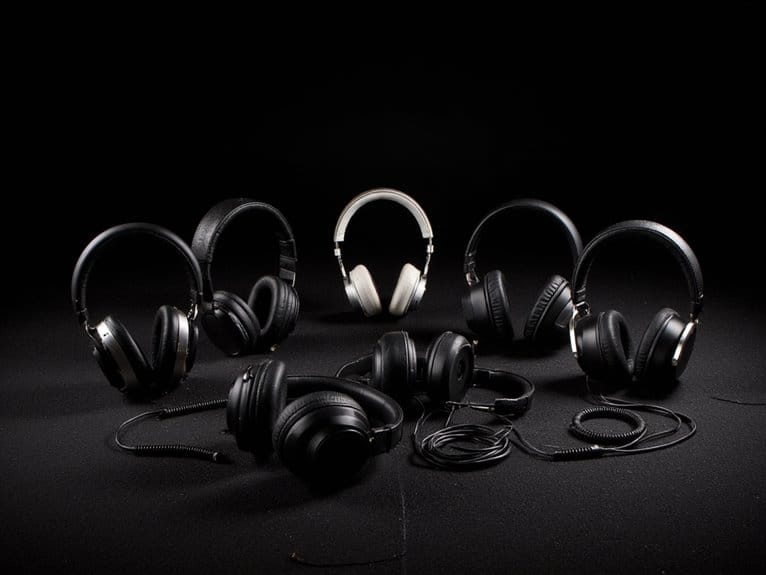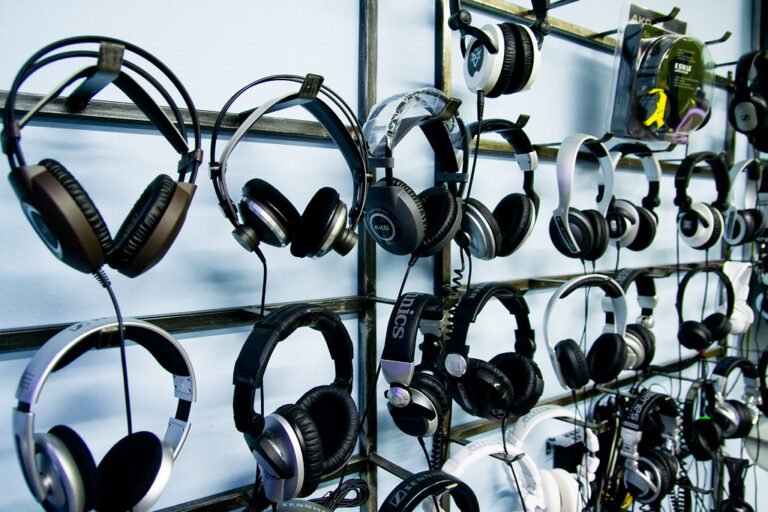Headphone Burn-In: Myth or Reality?
Hey there! Are you curious about the whole headphone burn-in thing? You know, that idea that if you use your new headphones for a while, their sound quality magically improves? Well, we’re about to dive deep into this topic and find out if it’s fact or fiction. So, get ready to uncover the truth about headphone burn-in! Many audio enthusiasts swear by the burn-in process, claiming that it can enhance the performance of various types of headphones, including studio headphones, as they settle into their optimal sound. Critics, however, argue that any perceived difference may simply be due to the listener’s adaptation to the sound over time. Regardless of the debate, it’s clear that understanding this phenomenon can help you get the most out of your audio experience.
We are supported by our audience. When you purchase through links on our site, we may earn an affiliate commission, at no extra cost for you. Learn more.
First off, let’s talk about where this concept came from. Audio enthusiasts all over the world have been swearing by the practice of burn-in for years. They believe that by subjecting their brand-new headphones to extended use, the sound will become richer, more detailed, and overall just better. But here’s the million-dollar question: is there any scientific evidence to back up these claims?
Well, it turns out that the science behind headphone burn-in is a bit murky. Some argue that the physical components of the headphones, like the diaphragm and drivers, need some time to settle and adjust to produce the best sound. They claim that the vibrations and movements of the diaphragm during burn-in help to loosen it up, resulting in improved sound quality. Sounds plausible, right?
But hold on a second! There’s another side to this story. Skeptics argue that burn-in is nothing more than a placebo effect. They believe that any perceived improvements in sound quality are simply a result of our brains getting used to the headphones, rather than any actual physical changes taking place. In other words, it’s all in our heads.
So, where does that leave us? Well, the truth is, there is no clear-cut answer. The debate rages on, and both sides make valid points. It’s like trying to decide whether pineapple belongs on pizza or not – everyone has an opinion, and there’s no definitive right or wrong.
Ultimately, whether you choose to believe in headphone burn-in or not is up to you. If you’re an audio aficionado who swears by it, go ahead and give it a try. Who knows, you might be pleasantly surprised by the results. But if you’re a skeptic, there’s no need to feel like you’re missing out on anything.
In the end, the most important thing is that you enjoy your music. Whether your headphones have been burned-in or not, as long as they bring you joy and make your favorite tunes sound amazing, that’s all that matters. So, forget the debates and just keep on grooving to your favorite beats!
See, it wasn’t so complicated, was it? Now you’re armed with the knowledge to make your own decision about headphone burn-in. Just remember, it’s all about what sounds good to you. Happy listening!
The Origins of Headphone Burn-In
To understand the origins of headphone burn-in, you need to explore the history and theories surrounding this controversial concept. Headphone burn-in refers to the process of breaking in new headphones to achieve optimal sound quality. The idea behind it is that the components in the headphones, such as the drivers and diaphragms, undergo physical changes over time, resulting in improved audio performance. While some audiophiles swear by the benefits of burn-in, others argue that it is nothing more than a myth. The origins of this concept can be traced back to the early days of audio equipment, where the notion of allowing electronics to “warm up” before optimal performance became commonplace. As technology advanced, so did the theories surrounding headphone burn-in, leading to a divide between believers and skeptics in the audio community.
The Science Behind Headphone Burn-In
The concept of headphone burn-in suggests that the sound quality of headphones can improve over time with prolonged use. Proponents of this theory argue that the mechanical and electrical components of headphones undergo changes during the burn-in process, resulting in better audio performance. However, scientific research on this topic is limited and inconclusive. Some studies have found minimal or no discernible changes in sound quality after burn-in, while others suggest subtle alterations in frequency response. It is important to note that individual preferences and subjective perception also play a significant role in how one perceives sound quality. Therefore, while the science behind headphone burn-in remains uncertain, personal experimentation and listening tests may provide valuable insights.
Arguments Against Headphone Burn-In
Now let’s delve into why some individuals argue against the concept of headphone burn-in. One of the main arguments against headphone burn-in is the lack of scientific evidence supporting its existence. Critics argue that the changes observed in sound quality after extended use can be attributed to other factors, such as psychological bias or the listener’s adaptation to the sound signature. Another point of contention is the inconsistency in the perceived effects of burn-in. Different individuals claim varying improvements, making it difficult to establish a universal standard. Additionally, skeptics argue that modern headphone manufacturing processes have become more advanced, minimizing the need for burn-in. These individuals believe that headphones are designed to deliver optimal performance right out of the box and that any changes in sound quality are more likely due to psychological factors rather than physical burn-in.
Experiences of Audio Enthusiasts
How do audio enthusiasts perceive the concept of headphone burn-in? For many, it is an intriguing phenomenon that holds the promise of improved sound quality. These enthusiasts believe that as headphones are used over time, the drivers and other components gradually adapt and settle into their optimal performance state. They claim that this burn-in process leads to a more refined and accurate sound reproduction, with enhanced clarity, detail, and depth. While some skeptics dismiss this notion as mere placebo effect, audio enthusiasts passionately argue that they have experienced noticeable improvements in sound quality after subjecting their headphones to burn-in. These experiences range from more pronounced bass response to smoother treble and a wider soundstage. Although scientific evidence remains limited, the subjective experiences of audio enthusiasts continue to fuel the debate and intrigue surrounding the concept of headphone burn-in. Additionally, audio enthusiasts often emphasize the importance of headphone comfort for studio sessions, as prolonged wear can impact their overall experience. They argue that burn-in not only enhances sound quality but may also contribute to a more comfortable listening experience, enabling artists and producers to focus on creativity during long hours of work. This multifaceted belief in burn-in further cements its significance in the audiophile community.
Debunking the Headphone Burn-In Myth
To debunk the headphone burn-in myth, you can rely on scientific evidence and expert opinions. Numerous studies have been conducted to investigate the concept of burn-in and its effect on headphone performance. These studies consistently show that burn-in has little to no impact on the sound quality of headphones. One study conducted by the Audio Engineering Society found that any perceived changes in sound quality after burn-in were likely due to listener adaptation rather than actual physical changes in the headphones. Experts in the audio industry, including headphone manufacturers, also dismiss the idea of burn-in. They argue that modern headphone technology has advanced to a point where the components do not require a break-in period. So, while some individuals may still believe in the headphone burn-in myth, the scientific evidence and expert opinions overwhelmingly debunk this notion.
Conclusion
In conclusion, the concept of headphone burn-in appears to be more of a myth than a reality. While some audio enthusiasts may claim to hear a difference after extended use, there is little scientific evidence to support the notion. The arguments against headphone burn-in, along with the absence of consistent experiences among users, suggest that any perceived changes in sound quality are likely due to psychological factors rather than actual physical changes in the headphones.

